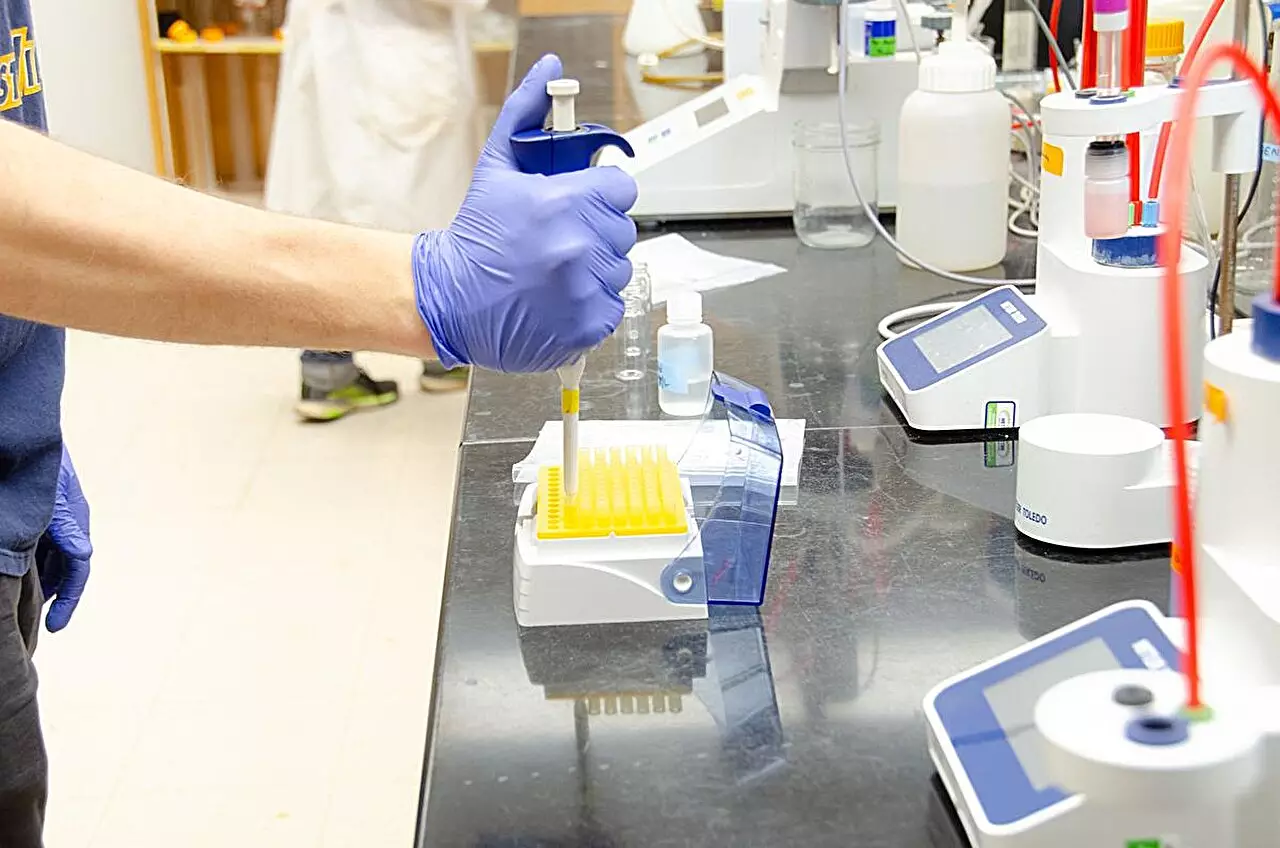

Power plants in the United States consume an astronomical amount of water in their operations. However, a recent study conducted by researchers at West Virginia University offers an innovative solution that has the potential to drastically reduce water usage in power plants. By utilizing a co-treatment process that involves the exchange of two types of industrial wastewater, these researchers have discovered a way to not only decontaminate the water but also produce valuable byproducts. This groundbreaking research holds significant promise for both the power generation and oil and gas industries.
The co-treatment process devised by the researchers involves using “cooling tower blowdown” and “produced water” to treat each other. Cooling tower blowdown refers to the wastewater produced by thermoelectric power plants, while produced water is the wastewater generated during hydraulic fracturing operations in the oil and gas industry. The resulting treated water is not only clean enough to be reused in power plant cooling operations but also yields valuable byproducts.
The amount of water consumed by thermoelectric power generation is unparalleled by any other industry in the United States. Lead author Hunter Barber explains that their co-treatment process significantly reduces the demand for expensive chemicals typically used to soften wastewater. Furthermore, the treated water has immense potential for reuse, with the ability to directly replace 99% to 100% of the original volume of blowdown water. This means that power plants can minimize their reliance on fresh water sources by recycling treated water instead.
One of the main challenges faced by the oil and gas industry is the need to dispose of the vast quantities of produced water generated during hydraulic fracturing. Traditionally, this water is injected back into the earth, which poses a risk of seismic activity and contamination from heavy metals leaching into the ground. However, through the co-treatment process, power plants can now utilize this produced water to effectively address their own wastewater treatment needs. Co-author Lian-Shin Lin, a professor and chair of the Wadsworth Department of Civil and Environmental Engineering, emphasizes that this solution offers a way to manage produced water and recover resources from it, essentially eliminating the produced water problem for the energy industry.
The researchers at West Virginia University have not only developed an effective co-treatment process but also conducted process modeling and experimentation to optimize its integration into power plants. By simulating different treatment processes, they can evaluate the economic and technical aspects of cotreatment and make necessary adjustments to power plant design and topology. This collaborative approach between process modeling and experimentation is crucial for the future of wastewater treatment, as detailed work in optimizing these cotreatment processes is limited.
Implementing wastewater cotreatment can offer numerous benefits to power plants. Firstly, power plants will no longer have to draw water from external sources since the co-treatment process makes them self-contained. This not only reduces their reliance on fresh water but also eliminates the risk of negative economic consequences associated with discharging water that does not meet EPA regulations. Additionally, power plants can utilize the waste produced during the process to create valuable and cost-effective byproducts.
The research conducted by the West Virginia University researchers offers a groundbreaking solution to the water usage issues faced by power plants. By implementing a co-treatment process that utilizes two types of industrial wastewater, power plants can significantly reduce their demand for fresh water and minimize their environmental impact. The potential for producing valuable byproducts further adds to the appeal of this innovation. The application of this research has far-reaching implications for both the power generation and oil and gas industries, providing a sustainable and cost-effective approach to wastewater treatment.
In the realm of software development, the ability to swiftly and accurately address bugs is…
The realm of quantum computing and communication is not just an abstract dream anymore; it…
In a remarkable leap for the field of material science, a collaborative research initiative has…
Throughout Earth's vast history, our planet has endured five major mass extinction events that reshaped…
Rainfall is a vital element of our planet’s hydrological cycle, yet many aspects of its…
On a night when the universe aligns, a mesmerizing phenomenon awaits: the appearance of the…
This website uses cookies.